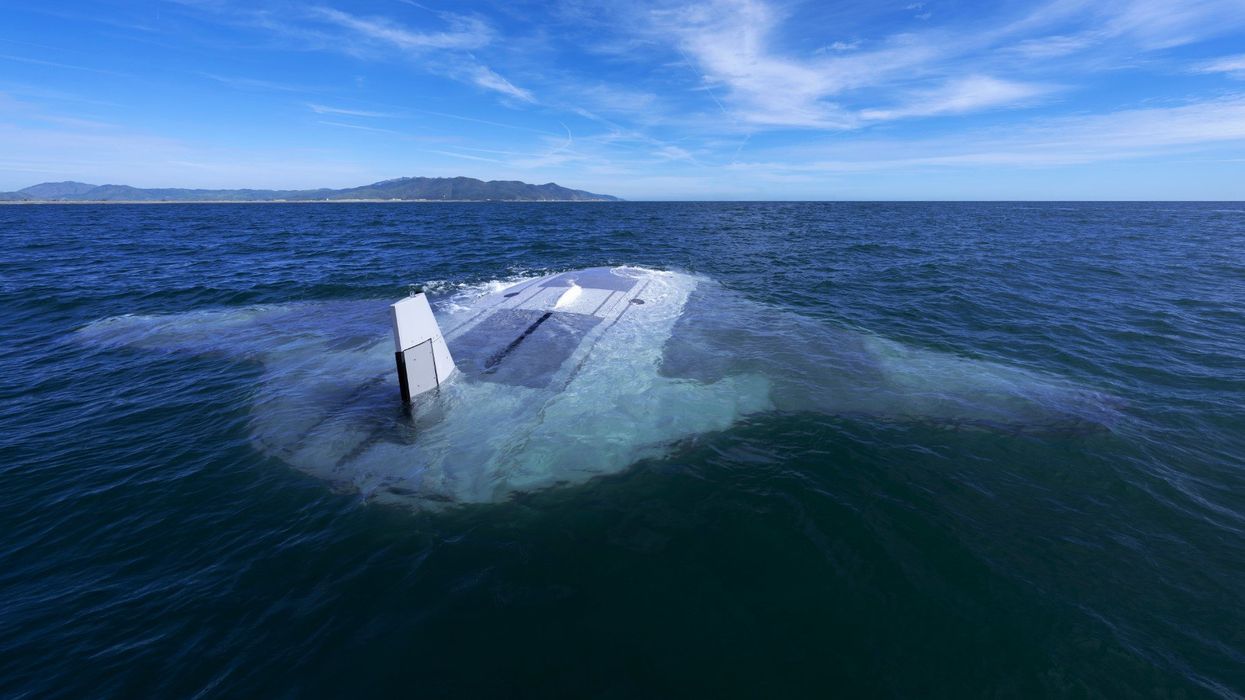
Image via DARPA

The United States' Defense Advanced Research Projects Agency revealed a prototype for its new underwater drone, called the Manta Ray.
The uncrewed underwater vehicle, known as a UUV, is capable of long excursions and delivering a payload, which could include torpedoes or ballistic missiles. However, payload parameters were not specified.
DARPA announced that it had completed in-water testing off the coast of Southern California in February and March 2024 after the vehicle was shipped from Maryland by defense contractor Northrop Grumman.
Testing included hydrodynamic performance, submerged operations, and demonstrations of the vehicle's propulsion modes using buoyancy, propellers, and control surfaces.
"Our successful, full-scale Manta Ray testing validates the vehicle's readiness to advance toward real-world operations after being rapidly assembled in the field from modular subsections," said Dr. Kyle Woerner, the weapon's program manager.
Woerner's official biography reads that he has worked at DARPA since 2018, previously working at the Pearl Harbor Naval Shipyard, focusing on the employment of expeditionary robotic systems payloads and submarine modernization.
The vehicle was assembled through a combination of "cross-country modular transportation, in-field assembly, and subsequent deployment."
This means that the UUV can be rapidly deployed throughout the world without crowding the pier at naval facilities, as it is has been described as an "extra-large UUV."
"Shipping the vehicle directly to its intended area of operation conserves energy that the vehicle would otherwise expend during transit," said Woerner. "Once deployed, the vehicle uses efficient, buoyancy-driven gliding to move through the water. The craft is designed with several payload bays of multiple sizes and types to enable a wide variety of naval mission sets."
DARPA specifically noted that the Manta Ray was aimed at demonstrating the capabilities of a new class of long-duration, long-range, payload-capable UUVs. This would seem to indicate the Department of Defense is ready to implement a fleet of underwater drones for operations.
The program has publicized a list of plans to advance certain key technologies for certain underwater drone designs, which included the following:
It was also noted that PacMac Technologies was also working on testing an energy harvesting system in 2024 for the Manta Ray.
Like Blaze News? Bypass the censors, sign up for our newsletters, and get stories like this direct to your inbox. Sign up here!
Andrew Chapados